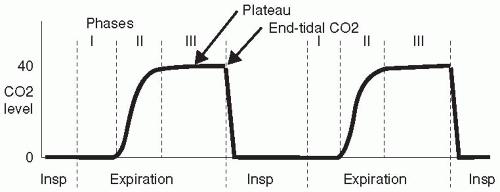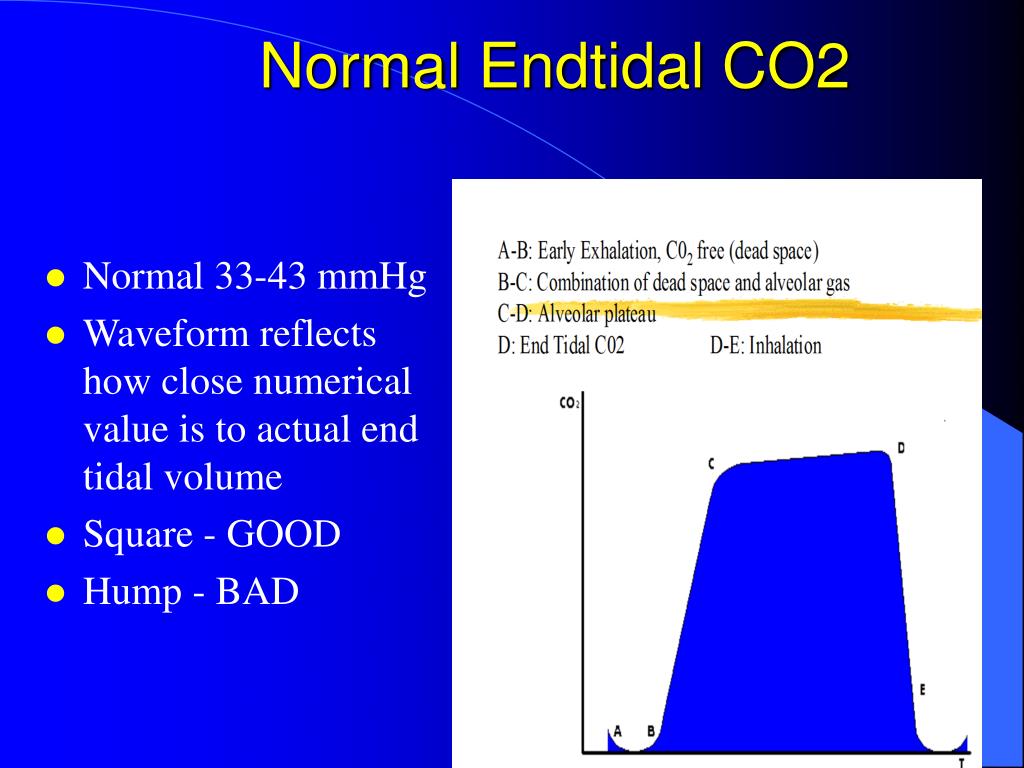

Several studies suggested that initial ETCO2 value of more than 1.33 kPa is 100% sensitive for predicting survival making ETCO2 value below 1.33 kPa a strong predictor of mortality. The majority of studies showed that ETCO2 values during CPR were significantly higher in patients who later developed ROSC compared to patients who did not.

Summary of evidence and conclusions were drawn from this systematic literature review.Ģ3 observational studies were included. Studies were thoroughly evaluated and appraised. Literature search was performed using Medline and EMBASE databases to identify studies that evaluated the relationship between ETCO2 during cardiac arrest and outcome. The purpose of this systematic review is to evaluate the prognostic value of ETCO2 during cardiac arrest and to explore whether ETCO2 values could be utilised as a tool to predict the outcome of resuscitation. An accurate, early predictor of the outcome of resuscitation is needed. The decision to terminate CPR is often challenging to heath care providers. Lower ETCO2 targets than previously recommended may be safe and appropriate, and there may be a role for prehospital PaCO2 measurement.Cardiac arrest is a common presentation to the emergency care system. The mean ETCO2–PaCO2 gradient was 1.7 (☑.0) kPa (12.8 mm Hg).

Conclusion: There is only moderate correlation of ETCO2 and PaCO2 at hospital arrival in patients with serious TBI. Patients who underwent prehospital arterial blood sampling had an arrival PaCO2 of 4.7 (☐.2) kPa (35.1 mm Hg). There was no significant gradient correlation in patients with a coexisting serious thoracic injury (R2=0.13, p=0.10), and this cohort had a larger ETCO2–PaCO2 gradient, 2.0 (☑.1) kPa (15.1 mm Hg), p=0.01. There was no evidence of a larger gradient in more severe TBI (p=0.29). The Bland-Altman bias was 1.7 (95% CI 1.4 to 2.0) kPa with upper and lower limits of agreement of 3.6 (95% CI 3.0 to 4.1) kPa and −0.2 (95% CI −0.8 to 0.3) kPa, respectively. Forty patients had complete data and were included in the final analysis per protocol. Sixty-seven patients did not receive a PaCO2 sample within 30 min of hospital arrival and were therefore excluded. Results: 107 patients were eligible for inclusion. ETCO2–PaCO2 gradient data were compared with a two-tailed, unpaired, t-test. A Bland-Altman plot was used to test for paired ETCO2 and PaCO2 agreement and reported with 95% CI. Linear regression was performed to test for correlation and reported as R-squared (R2). Methods: A retrospective cohort study of adult patients with serious TBI, who received a PHEA by a prehospital critical care team in the East of England between 1 April 2015 and 31 December 2017. The primary aim was to report the ETCO2–PaCO2 gradient of TBI patients at hospital arrival. However, the gradient in the acute phase of TBI is unknown. This recommendation assumes a 0.5 kPa (3.8 mm Hg) ETCO2–PaCO2 gradient. Current guidance recommends an end-tidal carbon dioxide (ETCO2) of 4.0–4.5 kPa (30.0–33.8 mm Hg) to achieve a low-normal arterial partial pressure of CO2 (PaCO2), and reduce secondary brain injury. Objectives: In the UK, 20% of patients with severe traumatic brain injury (TBI) receive prehospital emergency anaesthesia (PHEA).


 0 kommentar(er)
0 kommentar(er)
